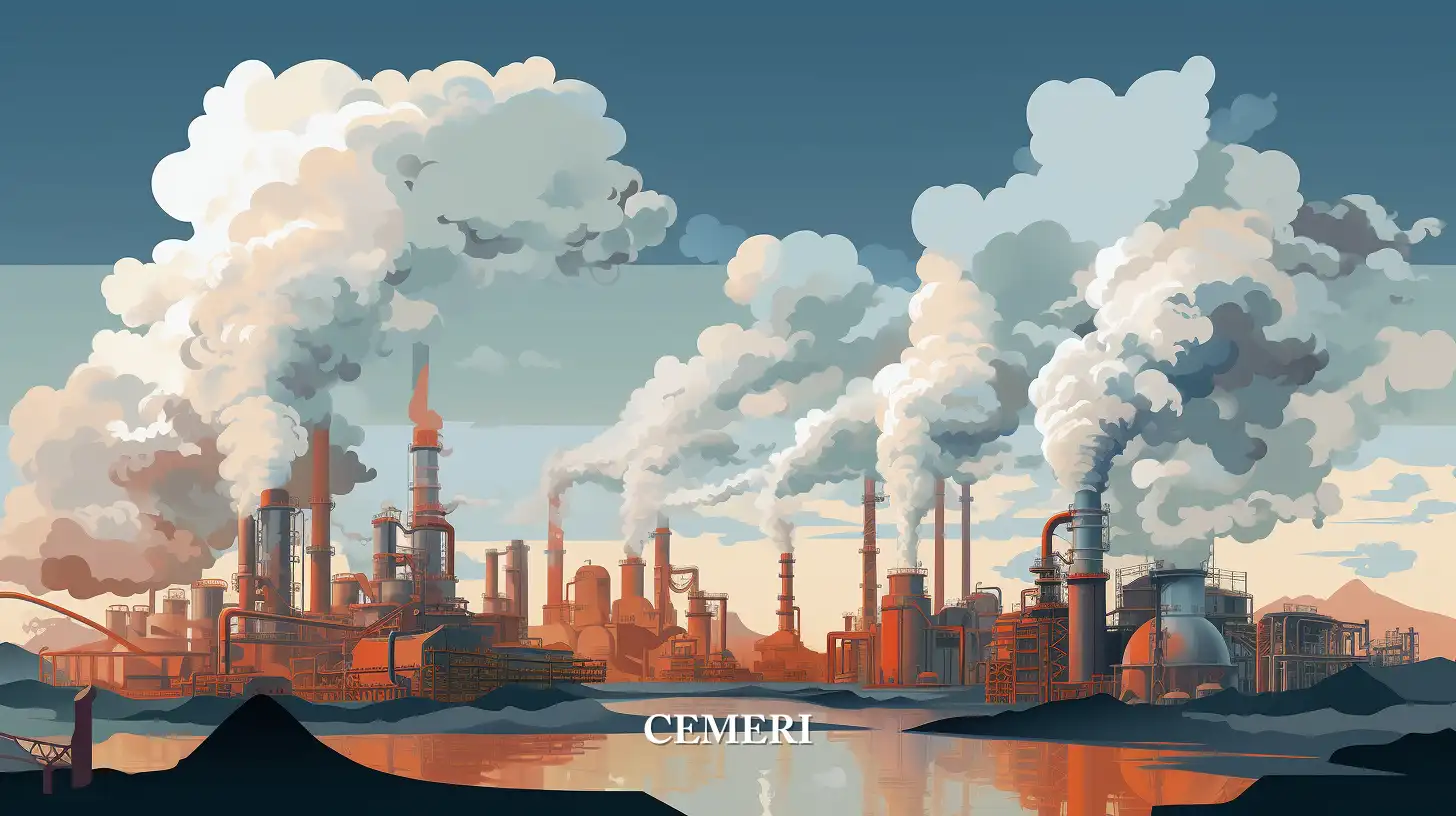Encyclopedia
Luis Adrián Salgado Figueroa
What is the carbon footprint?
- Learn what is at risk and how to calculate your footprint to reduce your impact on the planet.

It is not a minor matter, planet Earth is in a warming process: droughts, forest fires and heat waves are becoming more frequent. You may be lucky enough not to experience them where you live, but you've no doubt heard about this phenomenon through the media. According to the National Centers for Environmental Information of United States, the year 2020 was the second warmest recorded after 2016, and seven of the warmest years on Earth occurred after 2014.
The increase in global average temperature is due to the increase in greenhouse gases (GHG) in the Earth's atmosphere. The atmosphere lets energy from the sun pass through, but greenhouse gases absorb and trap energy that Earth would normally emit into space, creating more energy and higher temperatures. The level of carbon dioxide (CO2) in the atmosphere is considered the largest control knob on Earth's thermostat, so the concept of "carbon footprint" has become increasingly important in global warming conversations. global and climate change.
What does "carbon footprint" mean?
Our carbon footprint is the total amount of carbon that we all collectively emit due to all human activities. The world currently produces carbon emissions equivalent to about nine gigatonnes (billion tons) of carbon dioxide each year. Approximately half of these emissions are absorbed by the oceans and terrestrial biosphere, leaving an excess of approximately four gigatonnes of carbon dioxide to accumulate in the atmosphere.
According to the Environmental Protection Agency (EPA), the United States produced about 6.6 billion tons of carbon dioxide equivalent in 2019. While the global average personal carbon footprint is about six tons of carbon dioxide per person per year, The United States is the third highest in the world at around 20 tons of carbon dioxide per person per year, behind Australia and Saudi Arabia, according to the climate science research at UC Berkeley.
The largest contributors to carbon emissions in the United States, as well as similar industrialized countries, are:
- Transportation: 29%
- Electricity generation: 25%
- Industrial activities: 23%
- Commercial and residential heating: 13%
- Agriculture: 10%
The carbon footprint is a controversial topic due to the political and sociological implications.
What effect does our carbon footprint have on the environment?
As a result of greenhouse gases emitted over the past few decades, a cascade of climate events has been unleashed including:
Drier soils: global warming does not occur equally throughout planet Earth due to differences in the heat capacities of land and water. Land surfaces warm faster than water surfaces, and as a result, soils are drier than usual. This affects vegetation growth and also makes wildfires spread more easily, according to the [National Aeronautics and Space Administration](https://climate.nasa.gov/news/2891/a-drier-future -sets-the-stage-for-more-wildfires/#:~:text=in%20your%20browser.-,Droughts%20can%20create%20ideal%20conditions%20for%20wildfires.,quickly%20get%20out%20of% 20control) (NASA).
Warming Ocean Temperatures: While the ocean may retain more heat below its surface than the land, it eventually reaches the surface and results in high ocean surface temperature anomalies. Among other effects, the increase in sea temperature is detrimental to the vast majority of fish and can cause coral reefs to bleach. Actions whose effects have a global reach and which undoubtedly put pressure on marine resources.
Ocean acidification: As we pump more and more carbon dioxide into the atmosphere, the oceans have been absorbing this excess, making them more acidic. This has direct health consequences for all marine species, but especially for coral reefs, which cannot build their skeletons, as well as clams, mussels and marine plankton, whose protective shells cannot form in acidic conditions. .
Loss of ice reserves and rise in sea level: result of an effect known as polar amplification or arctic amplification, the increase in temperatures is uneven in the different latitudes of the planet. The northern latitudes and the North Pole are warming faster than the rest of the world, and this has resulted in decreased duration of snow cover on land, as well as in the volumes of Arctic sea ice and mountain glaciers. Melting ice stocks along with thermal expansion of the upper ocean due to warming have resulted in continued sea level rise according to NASA. Current sea levels are about 18 centimeters higher than the levels recorded in 1900. This increase brings with it an increased risk of flooding in coastal areas. It goes without saying, but we must not forget that two thirds of the world's population lives less than 100km from the coast. Therefore, any large-scale natural disaster could lead to permanent changes to our coastlines, disrupting settlements and causing great economic losses.
We are currently about 1.1°C above pre-industrial temperature levels and are likely to exceed the 1.5°C limit that was set as a target in the Paris Climate Agreement. This international climate change treaty, adopted in 2015 by 196 countries, was the first binding agreement that brought all nations together to combat climate change. Each nation is expected to commit to ambitious national targets to reduce greenhouse gases and collaborate internationally to build resilience to adapt to rising temperatures.
Sources
Sin fuentes.

